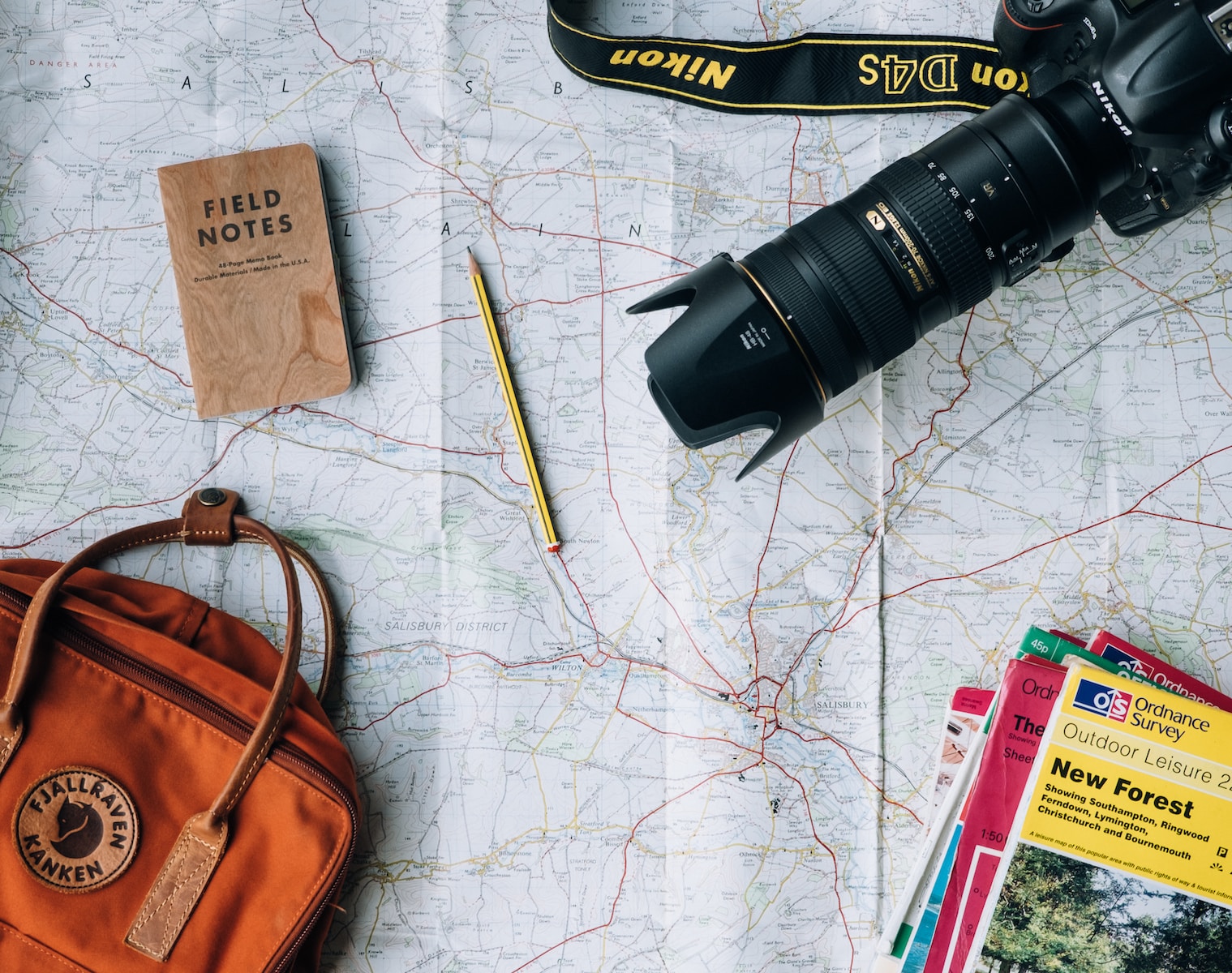Overcoming Language Barriers: Effective Communication Tips
Overcoming Language Barriers: Effective Communication Tips
In our increasingly interconnected world, the ability to communicate across language barriers is more important than ever. Whether you’re traveling abroad, working in a multicultural environment, or connecting with friends from different linguistic backgrounds, the challenge of effective communication can be daunting. However, with a few strategic approaches and a bit of patience, you can bridge the gap and foster understanding.
First and foremost, it’s essential to recognize the power of non-verbal communication. Much of what we convey doesn’t come from the words we speak but from our body language, facial expressions, and tone of voice. A warm smile, attentive eye contact, and open body posture can go a long way in establishing rapport and trust. These universal signals can help to convey your message and intent, even when words fail.
When engaging in conversation, it’s crucial to speak slowly and clearly. This doesn’t mean you should shout or over-enunciate, which can come off as patronizing, but rather be mindful of your speech rate and pronunciation. By giving your listener time to process your words, you increase the chances of being understood. Additionally, using simple language and avoiding idioms or slang can make your speech more accessible to those who are not fluent in your language.
Another effective strategy is to employ the use of visual aids. Pictures, diagrams, and written words can be invaluable tools when verbal communication is limited. They can help to illustrate complex ideas or provide a reference that both parties can point to, reducing confusion and facilitating a clearer exchange of information.
Active listening is also a key component of overcoming language barriers. This means fully concentrating on what is being said rather than just passively ‘hearing’ the message of the speaker. It involves listening with all senses and giving full attention to the speaker. Acknowledge that you’re following along by nodding or offering brief verbal affirmations like “I see” or “Okay.” If you don’t understand something, don’t hesitate to ask for clarification. This not only ensures that you grasp the message but also shows the speaker that you are genuinely interested in what they have to say.
Technology has also become a valuable ally in breaking down language barriers. Translation apps and language learning tools can provide on-the-spot assistance with vocabulary and phrases. While these tools are not always perfect, they can serve as a helpful bridge when you’re struggling to find the right words.
Finally, patience and a sense of humor are indispensable when navigating language differences. Misunderstandings are bound to happen, and being able to laugh them off can relieve tension and make the learning process more enjoyable for everyone involved. Remember that making mistakes is a natural part of language acquisition and communication. Approach each interaction as a learning opportunity, and be patient both with yourself and with others.
In conclusion, while language barriers can be challenging, they are by no means insurmountable. By utilizing non-verbal cues, speaking clearly, using visual aids, practicing active listening, leveraging technology, and maintaining a patient and light-hearted attitude, you can significantly improve communication and build meaningful connections across linguistic divides. Embrace these tips as you embark on your journey to becoming a more effective communicator in our diverse world.